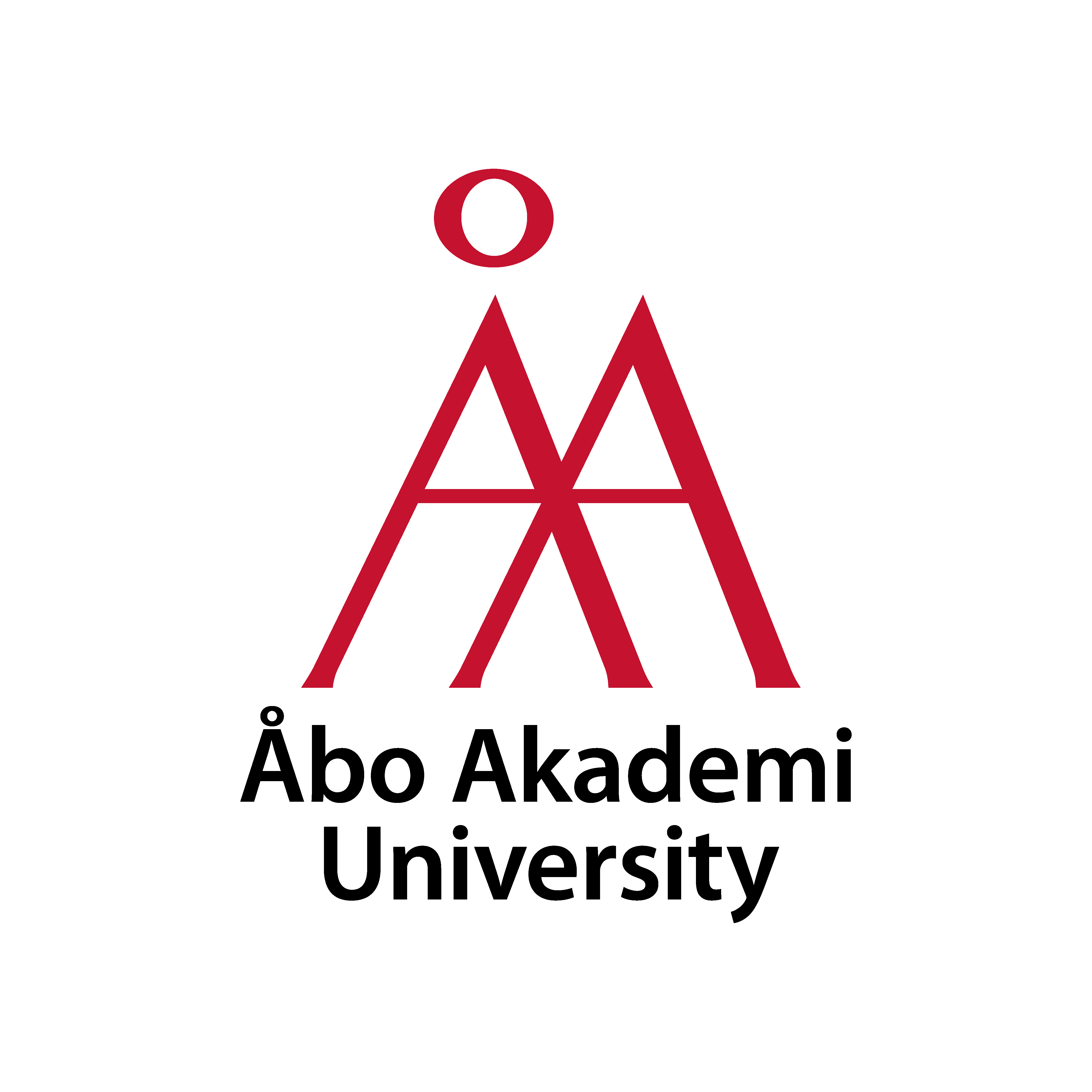CellMech CellCom Seminar
9th May at 13:00
On-site event
Auditorium Biochemistry (Biocity 3rd Floor)
Ben Goult, University of Kent, UK
TALIN in MECHANOmemory – spatial organisation encoded by BINary mechanochemical switches
Dr. Goult is recognized for defining the protein talin as a major mechanosensitive signaling hub, and more recently discovered that talin has “molecular memory” providing organisms with the capability to store data through persistent alterations in protein conformation.
Talin, the primary link between integrins and the actin cytoskeleton, coordinates the binding of a wide range of cytoskeletal and signaling adaptors in a force-dependent manner. Our foundational work on talin has shown that mechanosensitive proteins contain force-dependent switches and can store binary information persistently, which can be written/updated using small changes in mechanical force. Talin contains 13 of these binary switches, and they mediate the linkage between integrin and actin filaments inside the cell to transmit mechanical loads and enable talin to serve as a mechanosensitive signaling hub for the recruitment of many other proteins. Talin, in conjunction with vinculin, forms a meshwork of these switches to form a meshwork code, or more concisely, a MeshCODE. I propose that the multiple switches within the talin rod function to process and store time- and force-dependent mechanical and chemical information. Here Ben will talk about the ability to write/store/compute information in the shape of these talin molecules and present new data on the role of post-translational modifications. Most strikingly, our new data on the changing shape of a talin molecule as its pattern of switches unfold and refold indicates a spatial rearrangement of molecules within integrin adhesion sites. A switch-changing state introduces a quantized step-change in length (40, 50, or 150 nm depending on the switch), which results in precise repositioning of ligands, and a molecule attached to a talin can relocate up to 700 nm as a function of these switch patterns whilst still being coupled to the integrin. Visualizing talin to scale offers a radically new perspective of what binary information in a cell looks like and indicates a mechanism for how alterations in the binary strings of talin molecules lead to persistent changes in signaling and adhesion architecture.
Selected publications
Sam Barnett and Ben Goult. (2022) The MeshCODE to scale – Visualising synaptic binary information. Frontiers in Cellular Neuroscience. 16:1014629 PMID: 36467609
Goult BT, Brown NH and Schwartz M. (2021) Talin in mechanotransduction and mechanomemory at a glance. J. Cell Sci. 134(20):jcs258749 PMID: 34708856
Goult BT (2021) The mechanical basis of memory – the MeshCODE theory. Frontiers in Molecular Neuroscience 14:592951 PMID: 3371664


